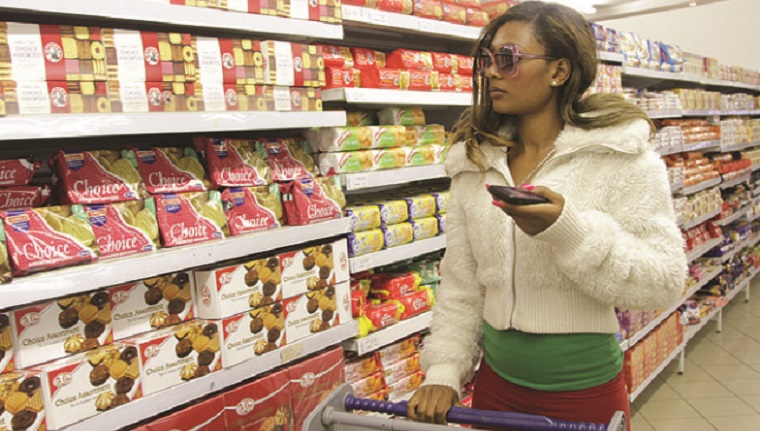 At a grocery supermarket in Arcadia, a middle income suburb in Harare, 31-year old Alyssa Botha is pushing a cart full of groceries towards her car.
At a grocery supermarket in Arcadia, a middle income suburb in Harare, 31-year old Alyssa Botha is pushing a cart full of groceries towards her car.
“The year 2019 has been a tough one,” she said. “We saw the price of basic commodities spiral. School fees and rentals skyrocketed. Power cuts were the order of the day and fuel became scarce. We have endured a lot, and as we enter 2020 I am hopeful that things will change for the better.”
“I can say the coming year will be better because most basic commodities are now available in shops,” she added.
Botha said her main concern is how she is going to feed and dress her two sons given the volatile economic landscape in the country.
Vimbai Mutsena-Shumba from Chitungwiza, a dormitory town 30 kilometres south of Harare, said cash shortages were a major issue, and hopes that the government will bring an end to this challenge.
“People are spending hours in queues at the bank to access cash, and I hope that in the coming year the responsible authorities will put an end to this problem,” she said.
With the scarcity of cash, Zimbabweans have over the past few years relied on mobile money for the settlement of most transactions.
While mobile money is gaining wider acceptance, in the informal sector most products have higher prices when using mobile money, which forces consumers to pay premiums of up to 50 percent to get cash from mobile money agents.
“The major challenge that we will continue facing as business owners is the continuous declining demand of goods since income is being eroded by inflation. While the supply of basic commodities has remained stable, the spending power of the ordinary Zimbabwean has not,” said Langton Muwati, a grocery store owner in downtown Harare.
Muwati added that in the coming year the government should offer the productive sectors a stable operating environment by solving the power and fuel challenges currently facing the country.
Zimbabwe is currently experiencing daily power cuts lasting up to 18 hours after a severe drought reduced water levels at the country’s biggest hydro plant, the Kariba South Power Station.
In March 2019, Sinohydro, a Chinese state-owned hydro-power construction company, completed the Kariba South Hydro Power expansion project to boost power supplies in the country.
Although Kariba South was recently expanded to generate 300 additional megawatts, the station cannot generate enough power due to lower water levels in Lake Kariba.
Besides electricity cuts, Zimbabwe is also facing a huge fuel crisis which is attributed to the shortage of foreign currency which is needed to import fuel.
The fuel crisis also had a negative impact on the prices of commodities which have been going up whenever fuel prices are increased.
Zimbabwe’s official annual inflation rate was the second highest in the world, at 176 percent, when the national statistics office suspended the release of data in August.
The Southern African country’s inflation reached historical levels of 500 billion percent in 2008, rendering the local currency worthless and leaving savings and pensions useless.
The country then adopted a basket of currencies, among them the U.S. dollar, South African rand, Botswana pula and the British sterling pound in a bid to bring stability to the economy.
The government outlawed the use of foreign currencies, leaving the local currency, the Zimbabwe dollar as the sole legal tender. However, the local currency has been rapidly devaluing, resulting in many business owners pegging their products to the US dollar. –Xinhua
(101 VIEWS)


